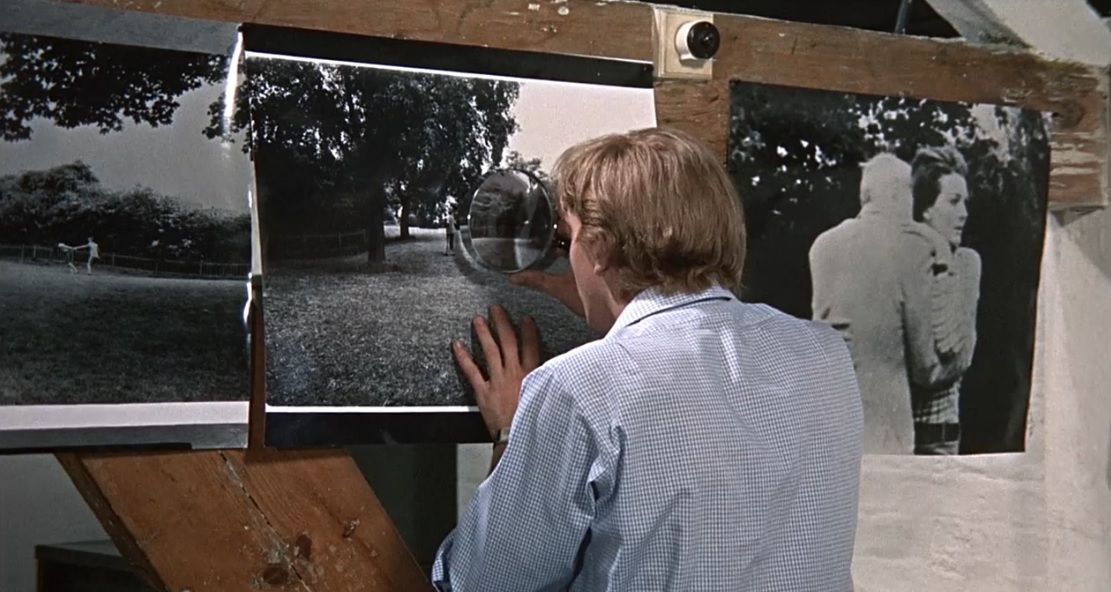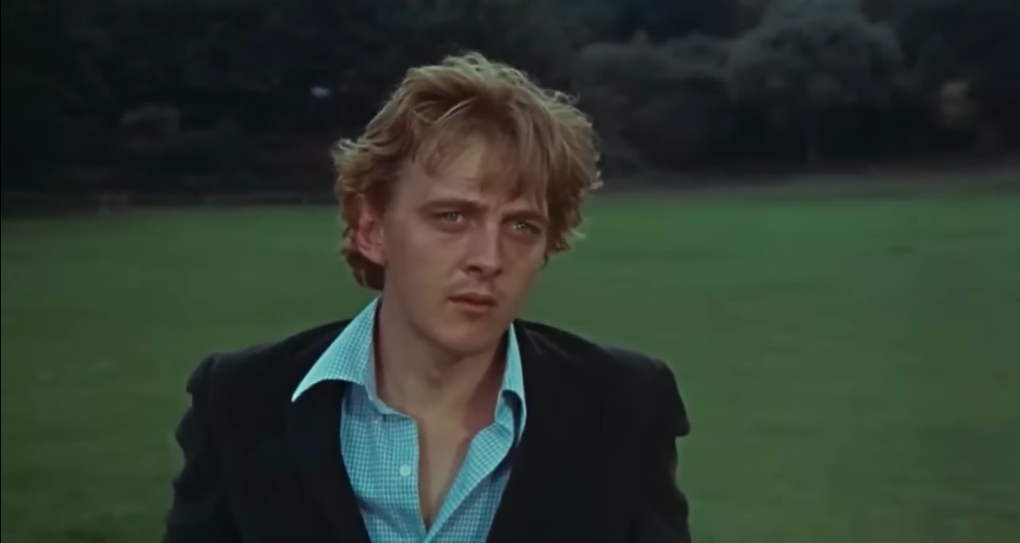by Derek Neal
 Some weeks ago I made a note to myself on my phone:
Some weeks ago I made a note to myself on my phone:
Describe the artistic encounter—the aesthetic experience, its effect on the reader
I made this note because I wanted to try something different in my writing. In most of my essays, without ever articulating this idea to myself, I’ve attempted to understand and interpret a text or a film, and I’ve tried to present this to the reader. Here is what the text means, I say. Here is what the movie means. I have figured it out and now I am showing it to you as evidence of my intellect. This is the correct reading of the novel, the proper explanation. I am right; other people are probably wrong. When I write in this way, I often efface myself linguistically, giving my writing the semblance of objectivity while also positioning myself as an authority on a given subject—but I’m not sure I want to write like this anymore.
In describing the artistic encounter or the aesthetic experience, which I’m contrasting with the above description, the text or the film is no longer understood as a whole, autonomous object but as one unfinished half that must be completed by the reader or the viewer. Rather than a dead thing it becomes a living being animated by the recipient. The film that I watch is not the film that you watch because I am not you and you are not me. In my previous understanding, the art object was a sort of safe that needed to be unlocked through a series of interpretative moves, allowing its secrets to be revealed. In this new understanding, the safe is more like one of those little libraries you see on people’s lawns; it’s always open and you can find treasures inside, but you can and should also put your own things inside to help create the library. If you don’t, something is missing. The art object is incomplete without the reader or the viewer.
I’m not sure how I came to this new idea, although I have some vague notions. It may partly be a result of engaging with art that is impossible to interpret. I’m thinking in particular of the films of Andrei Tarkovsky, which I’ve attempted to write about here and here. I bought a book on Tarkovsky a while ago (The Films of Andrei Tarkovsky: A Visual Fugue) and when I picked it up at the bookstore, the bookseller told me about a curious part of the book. It contains a section, he said, where the author describes every scene of every Tarkovsky film in detail. He doesn’t add anything to the scene, there’s no interpretation or analysis—he simply describes what happens. In this way, without seeing the movie, you could read this incredibly detailed recounting and know exactly what happened in the movie. I felt like I knew why the author had done this. In attempting to write about Andrei Rublev, I had also found myself simply stating what happened in the film. This was completely unintentional, yet I couldn’t do anything about it. This was, I now think, because the film refuses to be interpreted and demands to be experienced. Were I to interpret or analyze the film, I would somehow be talking about something other than the film; instead, I had to write down the events of the film so that I could give the reader the experience, as much as possible, of watching the film by reading my article. In this way, what I wrote could take on significance and meaning, could capture some of the feeling of the movie, instead of reducing the movie to its content or plot points through summary. In writing about the movie, I could let the reader know what it was like to watch the movie.
These sorts of ideas knock about in my head, and when I don’t distract myself, sometimes an insight or a moment of clarity occurs. The other day I was walking to work and as I passed a small cluster of trees, the common saying, “If a tree falls in the forest and no one is around to hear it, does it make a sound?” simply appeared in my head. That’s what it felt like, at least, and for the first time, not only did I understand what this question meant, I was confident that the answer was “no.” This all happened in a second. A “sound,” I realized, is our interpretation of the energy created by the tree hitting the ground. Without us, without someone there to hear the impact, only the energy is created, only “sound waves,” or, in other words, “a vibration in the air that we hear as sound.” The tree doesn’t make a sound, it makes a vibration in the air. Then we interpret this as sound. Why do we experience this vibration as sound and not in some other way? Why do we experience it at all? The sound only exists when we complete it, just as the art object must be completed by our viewing, or reading, or listening. When we perceive it, we change it into something other than what it was.
I think of the final scene in Michelangelo Antonioni’s Blow-Up (1966). The main character, a photographer, finds himself in a park next to a tennis court. Suddenly a group of students out “ragging,” or, raising money for charity by dressing up in costume and cavorting around town, drives into view. They all jump out and run to the tennis court, lining the fence as two of their members take up positions on opposite sides of the net and begin to play. But they’re not playing tennis; instead, they are imitating two people playing tennis. There are no racquets and no balls, but they serve, return, hit backhands and forehands, all while the spectators turn their heads from left to right and back again. The photographer watches on, bemused, but not really taking part. The “ball” rolls over towards him and he makes eye contact with one of the players. Will he participate in the game or not? One player serves, and the camera starts to follow the imaginary ball back and forth, which it hasn’t done to this point. The game is becoming more real. Then one player hits the ball as high as he can, but he uses too much force—the ball flies over the fence and lands on the grass, the camera following it as it comes to rest. The ball, of course, is not there, but the way the camera moves allows us to imagine the bounce and roll of the ball, and we begin, perhaps, to see it. The camera cuts back to the photographer; as he’s the closest to the ball, the crowd looks to him and one of the players points him in the direction of the ball. This is the key moment. Will he participate in their fantasy, adding to its reality, its truth, completing the game, or will he refuse, undercutting the game and making it disintegrate? Is seeing believing, or must one believe first, allowing one to see? The photographer jogs over to the ball, feels its weight, then chucks it as far as he can back to the tennis players. The camera stays on his face, and we see his eyes shift back and forth, following the ball, only this time he hears it, too, as do we: before there were only the soft footsteps of the players, now, the bounce of the ball and the cushioned sound of its contact with racquet strings is heard. The photographer has completed the object.

In looking for this video clip, I came across Pauline Kael’s review of Blow-Up from 1967, and it provides a perfect counter example to the sort of writing I would like to do. Kael disliked the film because she sought to understand it and was unable to. She continually asks the film to mean something, to say something, as opposed to experiencing the film as a film. Her review repeatedly refers to “symbols,” as if a piece of art must present a coherent message that can be interpreted logically and rationally. But a film is not a philosophical argument—it’s a dream, a hallucination, a vision. We have to surrender ourselves to it, something Kael is either unable or unwilling to do, rendering the film meaningless for her. She is unable to complete the art object because, in an attempt to decipher its message, she has closed herself off to the aesthetic experience of the film.
In contrast to Kael, a contemporary writer who has greatly influenced my thinking about art is Alice Gribbin. In imagining how I might write about art in the way I’ve explained here, I returned to her essays to see how she is able to capture the experience of looking at art. The key feature, I think, is a focus on the interaction between a work of art and its recipient, as opposed to focusing on the artwork itself. In a piece about Matisse’s The Red Studio, Gribbin does this continually:
What strikes you immediately is how weird it is. That weirdness becomes more exciting the longer you look.
Seeing The Red Studio for the first time, you might perceive and feel all of this. If the painting affects you enough, instinctively you will go on to consider it alongside other works by Matisse.
Gribbin repeatedly writes about “you” (the viewer) and your perception of the artwork. She cites two curators of a recent exhibition on The Red Studio at MoMA who do something similar:
The Red Studio invites a process of looking not tethered to any single target of attention or point of focus. The scene maps out the entirety of the canvas in a ringlike arrangement that suggests centrifugal force. This keeps the eye moving around the work’s surface.
Their word choice is less personal (a process of looking, the eye), but the idea is the same, and why wouldn’t it be? What is a painting if no one looks at it? What is a film if no one watches it? What is a sound if no one hears it? Art is made to be seen, to be heard, to be experienced, and without this, it is incomplete. To write in this style, then, one focuses on the impression the artwork makes upon them, while also maintaining an openness and a curiosity to follow wherever the artwork leads. One believes in the possibility of the artwork, one has faith, and then, something might happen.
Enjoying the content on 3QD? Help keep us going by donating now.
